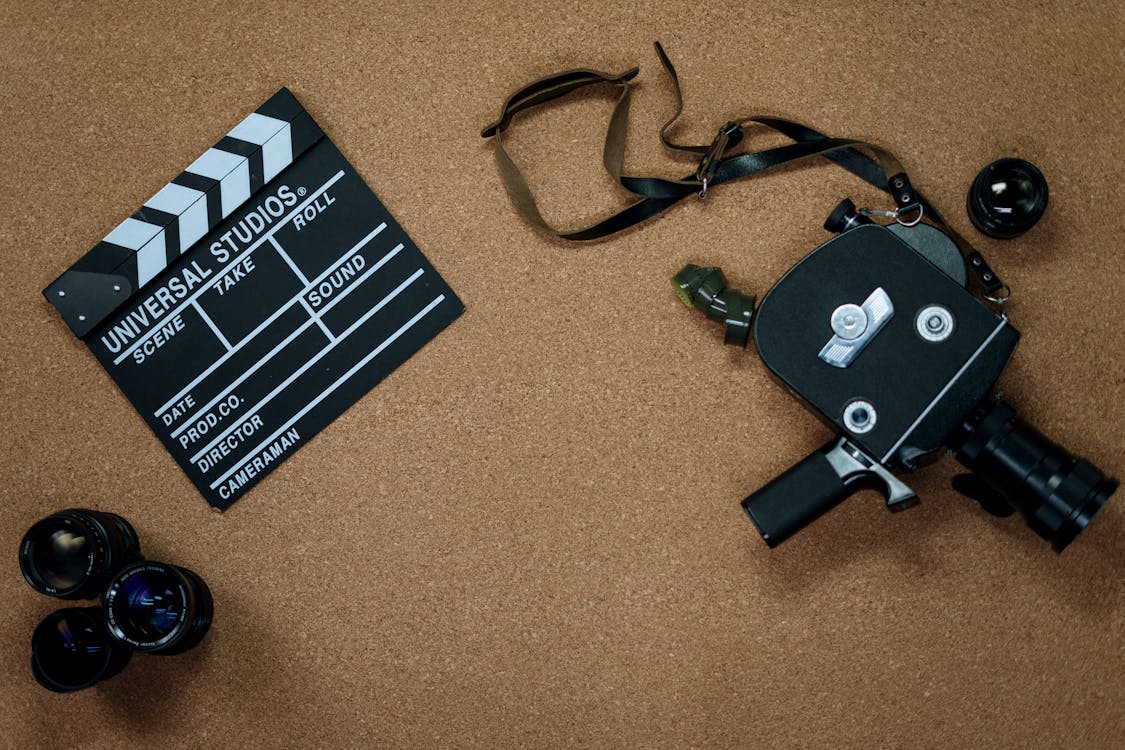8 KiB
| theme | class | coverAuthor | coverBackgroundUrl | coverBackgroundSource | coverBackgroundSourceUrl | coverDate | themeConfig | title | |||||||
|---|---|---|---|---|---|---|---|---|---|---|---|---|---|---|---|
| academic | text-white | Laurent Fainsin, Pierre-Eliot Jourdan, Raphaëlle Monville-Letu, Jade Neav | https://plus.unsplash.com/premium_photo-1673553304257-018c85e606f8?ixlib=rb-4.0.3&ixid=MnwxMjA3fDB8MHxwaG90by1wYWdlfHx8fGVufDB8fHx8 | unplash | https://unsplash.com/photos/g4I556WCJT0 | 2023-03-09 |
|
Projet Long |
End of study project
Sphere detection and multimedia applications
Contents
- Types of spheres
- Automatic sphere detection
- Lighting intensity estimation
- Lightning direction estimation


class: text-white custombg
Types of spheres
class: text-white custombg2
Chrome sphere
Acquisition techniques

Realistic lighting


class: text-white custombg3
Shiny sphere
class: text-white custombg4
Matte sphere
Automatic detection of spheres
Model

End-to-End Object Detection with Transformers, arXiv:2005.12872
Datasets




Results
Estimation of the lighting intensity in an image
Photometric Stereo

- Estimate the surface normals of an object
- Shiny spheres
\rightarrowdirection of the lighting
Lambert law

I(q) = \rho(Q) \times \vec{n}(Q) \cdot \vec{s}(Q)
\rho(Q) is the albedo
\vec{n}(Q) is the normal vector
\vec{s}(Q) = \phi \times \vec{s_0}(Q), \vec{s_0}(Q) being the direction of the lighting vector
Problem formulation
N lightings, P pixels
I = M \times S \times D_{\phi}
I \in \mathbb{R}^{P \times N} \rightarrow gray scale levels
M \in \mathbb{R}^{P \times 3} \rightarrow the albedo and the normals (unknown)
S \in \mathbb{R}^{3 \times N} \rightarrow direction of lightings
D_{phi} = diag(\phi_1,...,\phi_{N}) \in \mathbb{R}^{ N \times N} \rightarrow intensities of lightings (to be determined)
Algorithm 1

Intensities : [\phi_1,...,\phi_{N}]
New values : \phi_j + \delta and \phi_j + \delta, j \in [1,..,N]
Mean-squared error : \underset{\phi_i}{\min} || I - M S D_{\phi} ||_2^2
Update the value of \phi_j
Repeat previous steps
Algorithm 2
Algorithm 1 \rightarrow too long
I = M S D_{\phi} \iff M = I(S D_{\phi})^\dagger = I (S D_{\phi})^T [(S D_{\phi})(S D_{\phi})^T]^{-1}Lambert law :
$$
\begin{align*}
I &= I (S D_{\phi})^T [(S D_{\phi})(S D_{\phi})^T]^{-1} S D_{\phi} \
&= I D_{\phi} S^T S^{-T} D_{\phi}^{-2} S^{-1} S D_{\phi}
\end{align*}
New residual :
\underset{\phi_i}{\min} || I - I D_{\phi} S^T S^{-T} D_{\phi}^{-2} S^{-1} S D_{\phi} ||_2^2Generated images








Results (1/2)


Results (2/2)

Real images
TODO LOLO : mettre les images comme dans les slides avec carre rouge
Results


Automatic estimation of lighting vector
- Creation of data
- Estimation of light vector with matte balls
- Training of neural networks